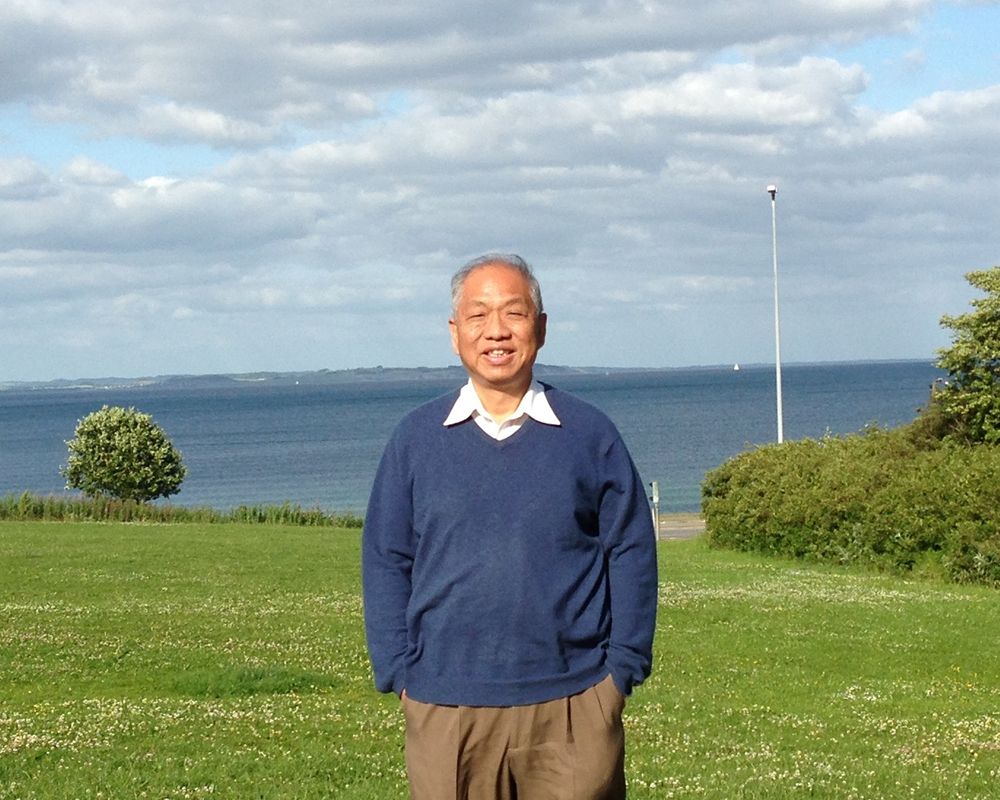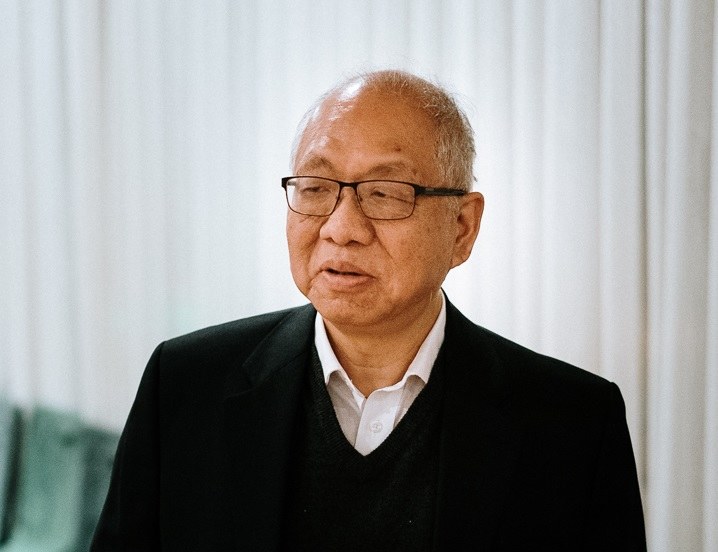

Such matrix inequalities are sometimes known as Li-Yau-Hamilton inequalities. His result required the closed Riemannian manifold to have nonnegative sectional curvature and parallel Ricci tensor (such as the flat torus or the Fubini-Study metric on complex projective space), in the absence of which he obtained with a slightly weaker result.

In 1993, Hamilton showed that the computations of Li and Yau could be extended to show that their differential Harnack inequality was a consequence of a stronger matrix inequality. They also directly give pointwise information about u, by taking v to be zero. Such inequalities, known as "differential Harnack inequalities" or "Li-Yau inequalities," are useful since they can be integrated along paths to compare the values of u at any two spacetime points. ∂ u ∂ t + u 2 t + 2 d u ( v ) + u | v | g 2 ≥ 0 įor any tangent vector v. Among other results, they showed that if one has a positive solution u of the heat equation on a closed Riemannian manifold of nonnegative Ricci curvature, then one has In 1986, Peter Li and Shing-Tung Yau discovered a new method for applying the maximum principle to control the solutions of the heat equation. Mathematical work Īs of 2020, Hamilton has been the author of around fifty research articles, around forty of which are in the field of geometric flows.

In June 2011, it was announced that the million-dollar Shaw Prize would be split equally between Hamilton and Demetrios Christodoulou for their highly innovative works on nonlinear partial differential equations in Lorentzian and Riemannian geometry and their applications to general relativity and topology. Perelman also proved William Thurston's Geometrization Conjecture, a special case of which is the Poincaré conjecture, without which the Poincaré conjecture proof wouldn't have been possible its review was completed in August 2006. However while Perelman's solution was indeed based on Richard Hamilton's theory of Ricci flow, it included major advancements by Perelman and made use of results on spaces of metrics due to Cheeger, Gromov, and Perelman himself. On July 1, 2010, Perelman subsequently turned down the award and the associated prize money as he had done with the Fields Medal, saying that he believed his contribution in proving the Poincaré conjecture was no greater than that of Hamilton, who first suggested a program for the solution. On March 18, 2010, it was announced that Perelman had met the criteria to receive the first Clay Millennium Prize for his proof of the Poincaré conjecture, first published in 2003. Steele Prize for a Seminal Contribution to Research in 2009, for his 1982 article Three-manifolds with positive Ricci curvature, in which he introduced the Ricci flow. He was elected to the National Academy of Sciences in 1999 and the American Academy of Arts and Sciences in 2003. Hamilton was awarded the Oswald Veblen Prize in Geometry in 1996 and the Clay Research Award in 2003. In August 2006, Perelman was awarded, but declined, the Fields Medal for his proof.

He is best known for having discovered the Ricci flow and starting a research program that ultimately led to the proof, by Grigori Perelman, of the Thurston geometrization conjecture and the solution of the Poincaré conjecture. Hamilton's mathematical contributions are primarily in the field of differential geometry and more specifically geometric analysis. Hamilton has taught at University of California, Irvine, University of California, San Diego, Cornell University, and Columbia University. He received his B.A in 1963 from Yale University and Ph.D.


 0 kommentar(er)
0 kommentar(er)
